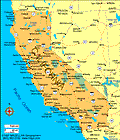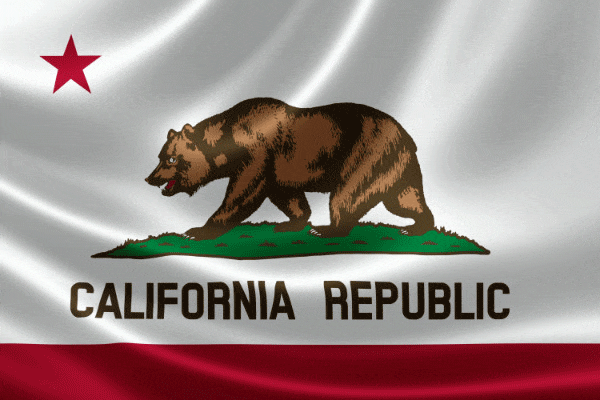 History Although California was sighted by Spanish navigator Juan Rodríguez Cabrillo in 1542, its first Spanish mission (at San Diego) was not established until 1769. California became a U.S. territory in 1847 when Mexico surrendered it to John C. Frémont. On Jan. 24, 1848, James W. Marshall discovered gold at Sutter's Mill, starting the California Gold Rush and bringing settlers to the state in large numbers. By 1964, California had surpassed New York to become the most populous state. One reason for this may be that more immigrants settle in California than any other state—more than one-third of the nation's total in 1994. Asians and Pacific Islanders led the influx. Leading industries include agriculture, manufacturing (transportation equipment, machinery, and electronic equipment), biotechnology, aerospace-defense, and tourism. Principal natural resources include timber, petroleum, cement, and natural gas. Death Valley, in the southeast, is 282 ft below sea level, the lowest point in the nation. Mt. Whitney (14,491 ft) is the highest point in the contiguous 48 states. Lassen Peak is one of two active U.S. volcanoes outside of Alaska and Hawaii; its last eruptions were recorded in 1917. Other points of interest include Yosemite National Park, Disneyland, Hollywood, the Golden Gate Bridge, Sequoia National Park, San Simeon State Park, and Point Reyes National Seashore. |
Read this profile of California to learn about the state's history, points of interest, and government. Also find interesting facts about each state, including the state's motto, symbols, and when it entered the union.




